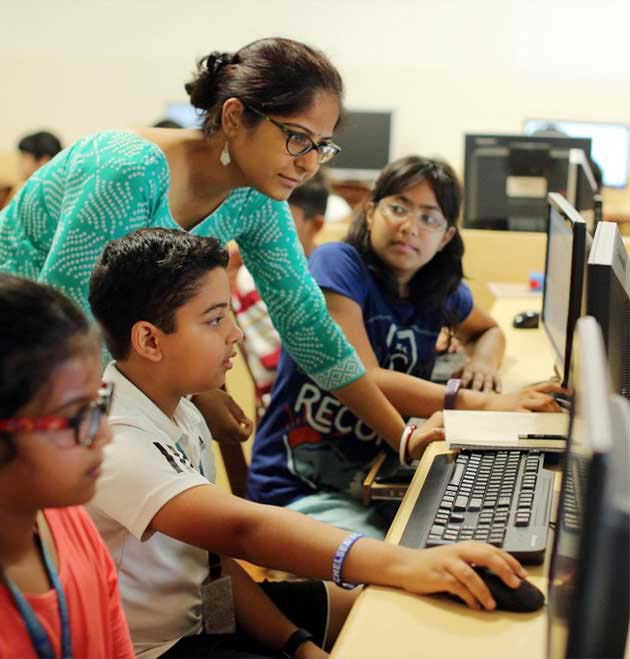It is important to recognize that the online classroom is in fact a classroom, and certain behaviours are expected when we communicate with students. These guidelines for online behaviour and interaction are known as netiquette. We have to ensure all stakeholders are aware of the expectations for online learning.
Guidelines for Parents
We acknowledge that the transition to virtual learning will be challenging for families. Parents will need to think differently about how to support their children; how to create structures and routines that allow their children to be successful; and how to monitor and support their children’s learning. Schools like hospitals are caregivers and we, as a school will fall back on the school framework of Relevance, Relationship and Rigour to support parents in this process of creating meaningful engagement with their children.
Your child may have a regular place for doing homework under normal circumstances, but this space may or may not be suitable for an extended period of time, as will be the case of virtual learning.
Your child may have a regular place for doing homework under normal circumstances, but this space may or may not be suitable for an extended period of time, as will be the case of virtual learning.
Parents are encouraged to start and finish each day with a simple check-in and centering exercises.
This brief grounding conversation matters. It allows children to process the instructions they’ve received from their teachers. It helps them organize themselves and set priorities.
Students must comply with the school’s Behaviour Management and Acceptable Usage policy while they are online. Students/ parents/ guardians are not permitted to take photos, screenshots, record videos/ audios of the virtual sessions. All material shared on teamie and google hangouts is the school’s intellectual property and downloading/ circulating/ sharing of content without permission is strictly prohibited.
We recognise that transition to virtual learning does not compare to physical classrooms. It’s important that our students continue their social-emotional and cognitive growth in these times of social distancing and isolation. It is comforting to have a routine in these times. Younger students may need assistance with setting up and using online tools. The most effective models of virtual school have a carefully considered healthy and balanced amount of offline and online learning time. This use of learning time will include some synchronous learning with real time conferencing with teachers and classmates. It will also include and be balanced with significant blocks of asynchronous learning and opportunities to work offline and unplugged.
There are multiple research that suggest that screen time when paired with high-quality instructional practices and carefully planned lessons is good for students. Screen time is inherently made more effective and less isolating and less passive when there is a human on the other side.
For more information, please check this blog that summarizes the research on screen time for children:
Screen Time Is Good for Kids — If There’s a Human on the Other End
Recommended screen time, that is not video conferencing for learners and teachers, are based on the recommendations created by the American Academy of Pediatrics:


Since students will be spending time online, parents are requested to speak to them regarding the importance of staying safe in the cyberworld. Please take them through the following guidelines:
Be a Cyber Smart Citizen
 Message us
Message us
 TOP
TOP